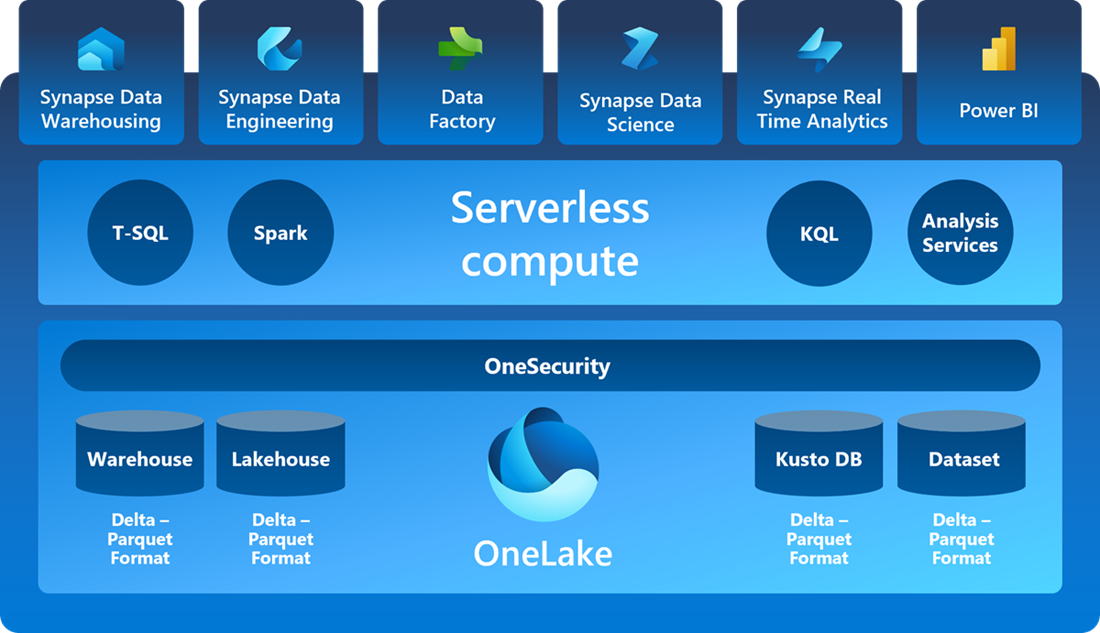Microsoft Fabric: Empowering Developers in the Cloud Era
3 min read
In the realm of cloud computing and infrastructure, Microsoft Fabric has emerged as a groundbreaking technology that enables the efficient management and deployment of applications across vast networks. With its robust features and scalability, Microsoft Fabric has become a popular choice for organizations seeking to streamline their operations and maximize their cloud capabilities. In this article, we will delve into the intricacies of Microsoft Fabric, its key features, and how to initiate a trial to experience its potential firsthand.
What is Microsoft Fabric? Microsoft Fabric, also known as Azure Service Fabric, is a distributed systems platform designed to simplify the development, deployment, and management of scalable applications in the cloud. It offers a highly reliable and flexible infrastructure for building cloud-native and microservices-based applications. By providing a comprehensive set of tools and services, Microsoft Fabric enables developers to focus on writing code rather than worrying about infrastructure complexities.
Key Features of Microsoft Fabric:
Microservices Architecture:
Microsoft Fabric embraces the microservices architectural style, allowing developers to break down complex applications into smaller, independently deployable components. This approach enhances scalability, fault tolerance, and ease of maintenance.
Reliable and Scalable:
The platform ensures high availability and fault tolerance by automatically distributing application components across multiple nodes in the cluster. This redundancy minimizes the impact of failures and ensures continuous service availability. Additionally, Microsoft Fabric dynamically scales resources based on demand, optimizing performance and reducing costs.
Stateful Services:
Unlike traditional cloud platforms, Microsoft Fabric supports stateful services, which can retain data and maintain their state even during failures or scaling operations. This feature is crucial for applications that require persistence and data integrity.
Programming Language Agnostic:
Developers can build applications on Microsoft Fabric using their preferred programming language, be it .NET, Java, Python, or others. This flexibility enables organizations to leverage their existing skill sets and choose the language best suited for their projects.
Service Orchestration and Management:
Microsoft Fabric includes powerful tools for orchestrating and managing services, including automated lifecycle management, rolling upgrades, and health monitoring. These features simplify the management of complex applications and reduce downtime during updates.
Starting a Microsoft Fabric Trial:
To experience the capabilities of Microsoft Fabric, Microsoft offers a free trial for users to explore its features and assess its suitability for their projects. Follow these steps to initiate a trial:
Azure Account:
Ensure you have an active Azure account. If you don’t have one, you can sign up for free on the Azure website.
Azure Portal:
Once you have an account, log in to the Azure portal using your credentials.
Create a Service Fabric Cluster:
In the Azure portal, navigate to the Azure Service Fabric page and click on “Create a Cluster.” Follow the prompts to specify the desired cluster configuration, including the number of nodes, virtual machine sizes, and network settings.
Deploy Applications:
Once the cluster is provisioned, you can start deploying your applications to Microsoft Fabric. Utilize the available tools, such as Visual Studio or the Azure portal, to package and publish your application to the cluster.
Monitor and Scale:
Leverage the monitoring and management capabilities of Microsoft Fabric to monitor the health and performance of your applications. You can also scale your applications based on demand by adjusting the cluster capacity and resource allocation.
Conclusion:
Microsoft Fabric, with its microservices architecture, fault tolerance, and scalability, has transformed the way organizations build and deploy applications in the cloud. By abstracting infrastructure complexities, it empowers developers to focus on application logic, resulting in faster development cycles and increased agility. The free trial offered by Microsoft allows users to explore the potential of Microsoft Fabric and witness its benefits firsthand. Embrace the power of Microsoft Fabric and unlock the full potential of your cloud-based applications.



